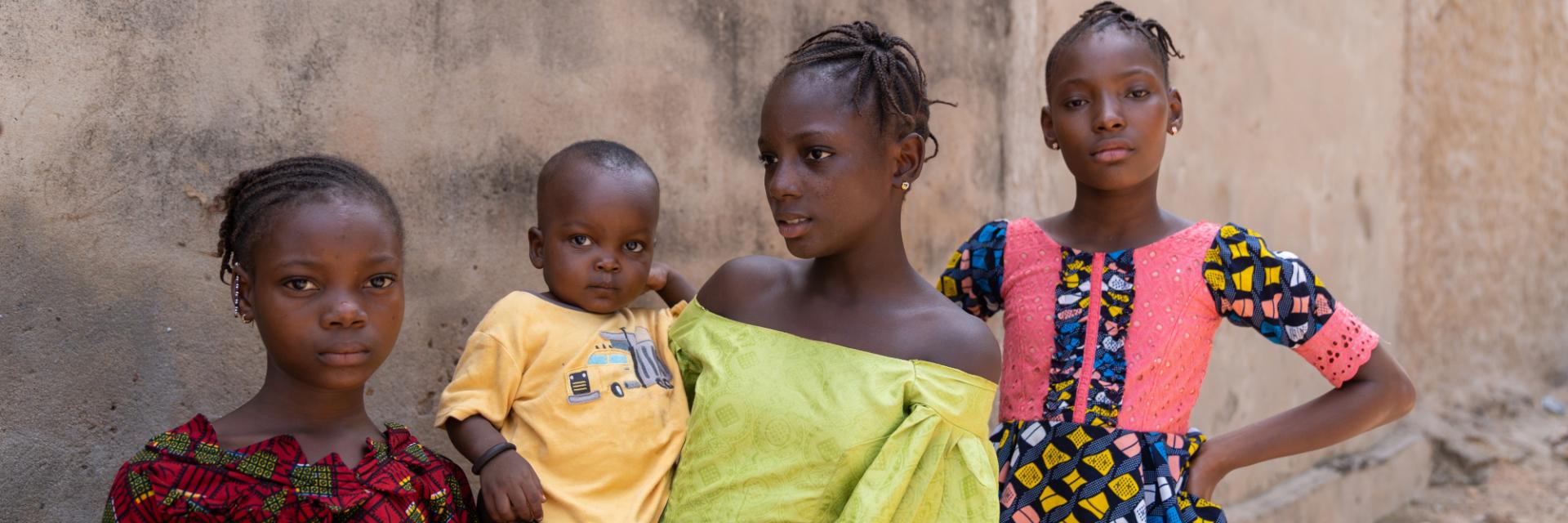As Africa’s Population Crosses 1.5 Billion, The Demographic Window Is Opening; Getting The Dividend Requires More Time And Stronger Effort
Saurabh Sinha (Chief of Social Policy Section)
Melat Getachew (Consultant)
On the World Population Day yesterday, the United Nations’ Population Division released the 28th edition of official World Population Prospects (WPP) and forecast. It is a rich repository of population estimates from 1950 to the present for 192 countries or areas of analyses of historical demographic trends and of projections to the year 2100 that reflect a range of plausible outcomes at the global, regional and national levels.
Unsurprisingly, the world’s population has witnessed a tremendous growth in the last six decades. Global population was around 3 billion in 1960. In just two decades (by 1982), it had surpassed 5 billion and since November 2022 there are more than 8 billion people in the world.
Africa has been at the center of this population growth – accounting for the largest relative growth, its population has expanded from 283 million in 1960 to more than 1.5 billion in 2024 – a more than five-fold increase – and is projected to increase by 950 million and touch 2.5 billion by 2050. This 63 percent increase in population will increase Africa’s share in the world’s population from the 10 percent in 1960 to 28 percent by 2050. Globally, more than 1 in 4 people will be African in 2050, from 1 in 11 in 1960.
Of the eight countries that will account for more than half of the global population growth between now and 2050, five of them are in Africa: the Democratic Republic of the Congo, Egypt, Ethiopia, Nigeria, and the United Republic of Tanzania.
Reasons for Africa’s rapid population growth …
Infant mortality has declined from 145 per 1,000 children born in 1960 to 38 per 1,000 children born in 2024. As a result, average life expectancy in Africa increased from 43 years to 66 years in this period and is projected to increase to 70 years by 2050. Yet, many countries in West and Central Africa have a life expectancy below 64 years, which is the final year at which people are typically assumed to still be of working age.
In 1960, on average a woman in Africa had 6.6 children over her lifetime. This has progressively reduced to 3.8 in 2024 and is expected to decline further to 2.6 by 2050. Overall, and compared to other regions of the world, fertility rates in Africa remain high and are declining only gradually.
While a few countries are farther along the transition with fertility rates below replacement levels (Cabo Verde, Mauritius and Tunisia), seven countries have very high fertility rates of 5 and above (see table). The correlation between high fertility and low per capita income is inescapable – six of the seven are low-income countries.
Distribution of population matters more than just the size
Even as the proportion of youth population (15-24 years) will decline from 19.4 percent in 2024 to 17.5 percent in 2050, in absolute terms Africa will add 138 million to its youth population in this period and by 2050 one in every three young people globally will be African.
Africa’s working-age population (20-64 years) will increase from 883 million in 2024 to 1.6 billion in 2050 and constitute almost 25 percent of the global working-age population.
|
Classification of countries by income |
Total fertility rate (births per woman), 2023 |
|||||
|
1-1.99 |
2-2.99 |
3-3.99 |
4-4.99 |
5-5.99 |
6-6.99 |
|
|
Low-income countries (GNI per capita <= US$ 1,145) (22) |
|
|
Eritrea Ethiopia Guinea-Bissau Liberia Madagascar Malawi Rwanda Sierra Leone South Sudan |
Burkina Faso Burundi Gambia, The Mozambique Sudan Togo Uganda |
Mali |
Cen. Afr. Rep. Chad Congo Dem. Rep. Niger Somalia
|
|
Lower Middle-income countries (GNI per capita US$ 1,146 - US$ 4,515) (23) |
Cabo Verde
Tunisia |
Djibouti Egypt, Arab Rep. Eswatini Lesotho Morocco
|
Comoros Ghana Kenya São Tomé and Príncipe Senegal Zimbabwe
|
Benin Cameroon Congo, Rep. Côte d'Ivoire Guinea Mauritania Nigeria Tanzania Zambia |
Angola |
|
|
Upper Middle-income countries (GNI per capita US$ (4,516 – US$ 14,005) (8) |
Mauritius |
Algeria Botswana Libya South Africa |
Gabon Namibia |
Equatorial Guinea |
|
|
|
High income countries (GNI per capita > US$ 14,005) (1) |
|
Seychelles |
|
|
|
|
|
|
3 |
10 |
17 |
17 |
2 |
5 |
How can Africa leverage the demographic dividend by 2050?
Africa’s future is bright with the potential to realize a demographic transition and a large demographic dividend by the middle of this century when the ratio of working-age persons to dependents, an indicator of the demographic transition, reaches 1.7:1 by 2050 at which level the countries are well placed to realise a demographic dividend.
What will it take for countries in Africa to achieve the age structure necessary for the demographic dividend? And under what conditions can this age structure catalyse economic growth?
These are important policy questions since as promising as it sounds, a demographic dividend is by no means guaranteed. How well countries capitalise on the demographic window has a lot to do with appropriate policies and the strength of institutions.
For fertility rates to decline and the age structure to change, working-age individuals need high quality education and decent and productive jobs. Countries must invest in the education and health of the workforce, particularly where the demographic window of opportunity is still more than a decade away.
Stay tuned for ECA’s Demographic Profile of Africa 2024 for further analyses and trends and levels of key demographic indicators for African countries from 1960 onwards with projections up to 2050.

